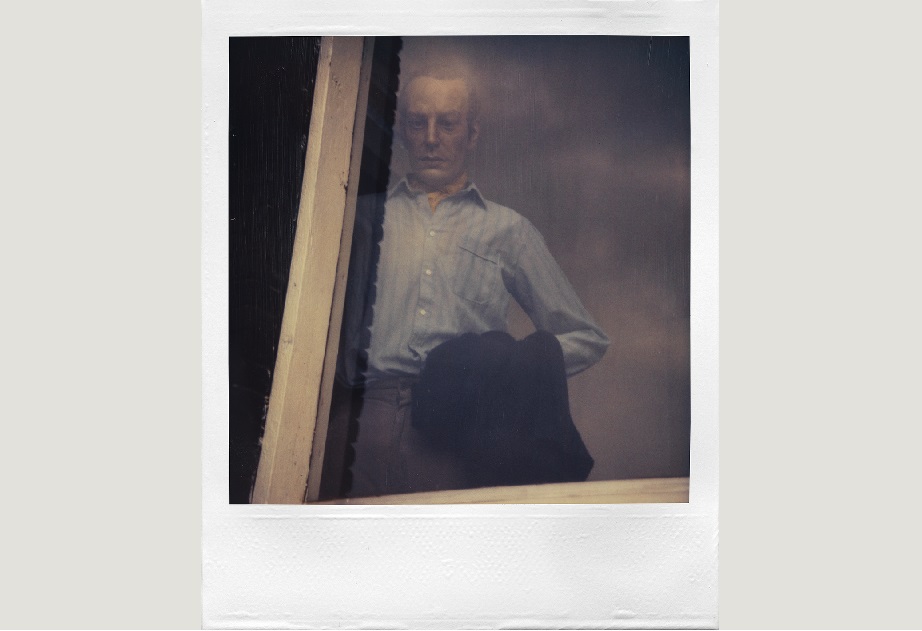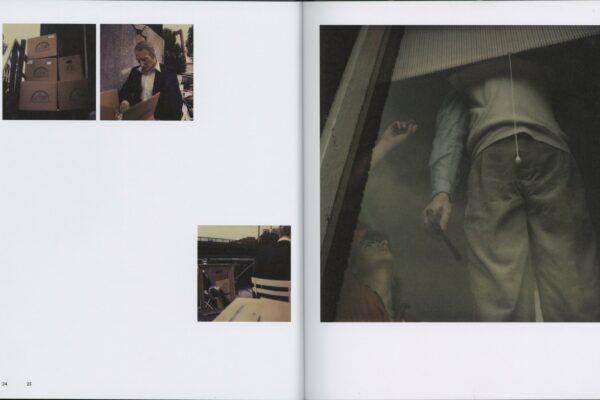
2024-03-04
The Imaginary Friend
‘Imaginary Friends are an integral part of many lives. They provide comfort in times of stress, companionship when we are lonely, someone to boss around when we feel powerless, and someone to blame for the broken lamp in the living room.
Most important, an imaginary companion is a tool young people use to help them make sense of the adult world.’ (Lawrence Kutner (Ph.D.): Insights for Parents: Midnight Monsters and Imaginary Companions, 2016.)
The Imaginary Friend is a 1980 performance set against the panoramic setting of the Rotterdam Maasbridges, before the railway tunnel was put into use, with lonely ‘Von Tuzzi’ (fantasy) as the central character. As the occupant of the bridgekeeper’s tower in the Wijnhaven, he was visible only to the train passengers, who could catch a seven seconds glimpse of him on their daily commute. That was too short to know exactly what they had seen. Their own imagination filled in the blanks and formed an image of a hermit in an urban folly, giving the pragmatic city a taste of surreal life.
The perfect location to tell this story is the Chabot Museum. Namesake Henk Chabot (1894 – 1949) and his brother Wim (1907-1977) owned a studio for years on Wijnstraat and later in Wijnhaven. The latter was lost in the 1940 bombings, together with most of the art works that were kept there. This exhibition brings the former Wijnhaven residents together again.
Anne Mieke Backer is a writer, editor and visual artist. ‘Von Tuzzi’, the resident of the Wijnhaven tower from 1980 to 1981, was her imaginary friend.
Pieter van Oudheusden (1957-2013) was a journalist, photographer and writer. With his Polaroid camera he followed Anne Mieke Backer and her friend like a paparazzo.
Bob Goedewaagen is a photographer.




